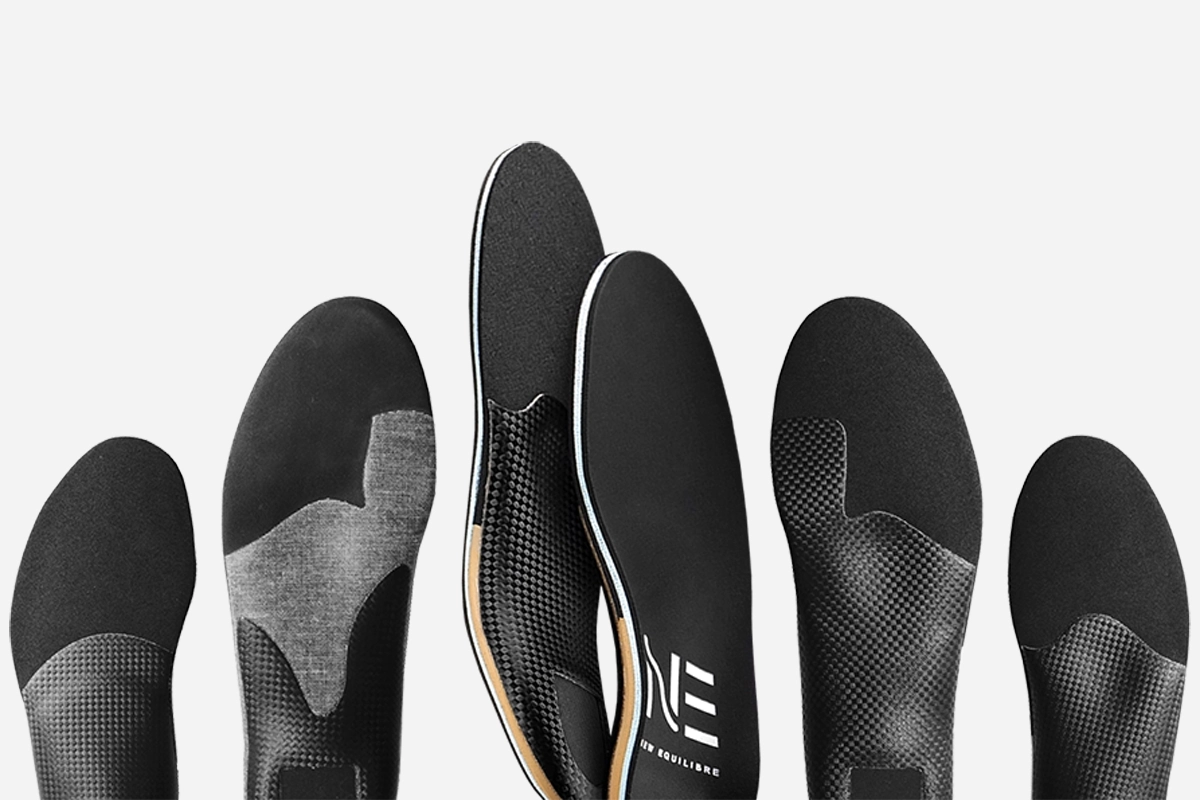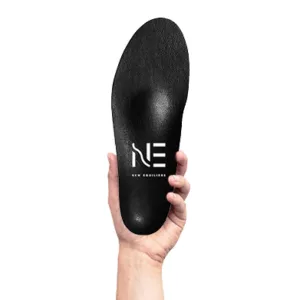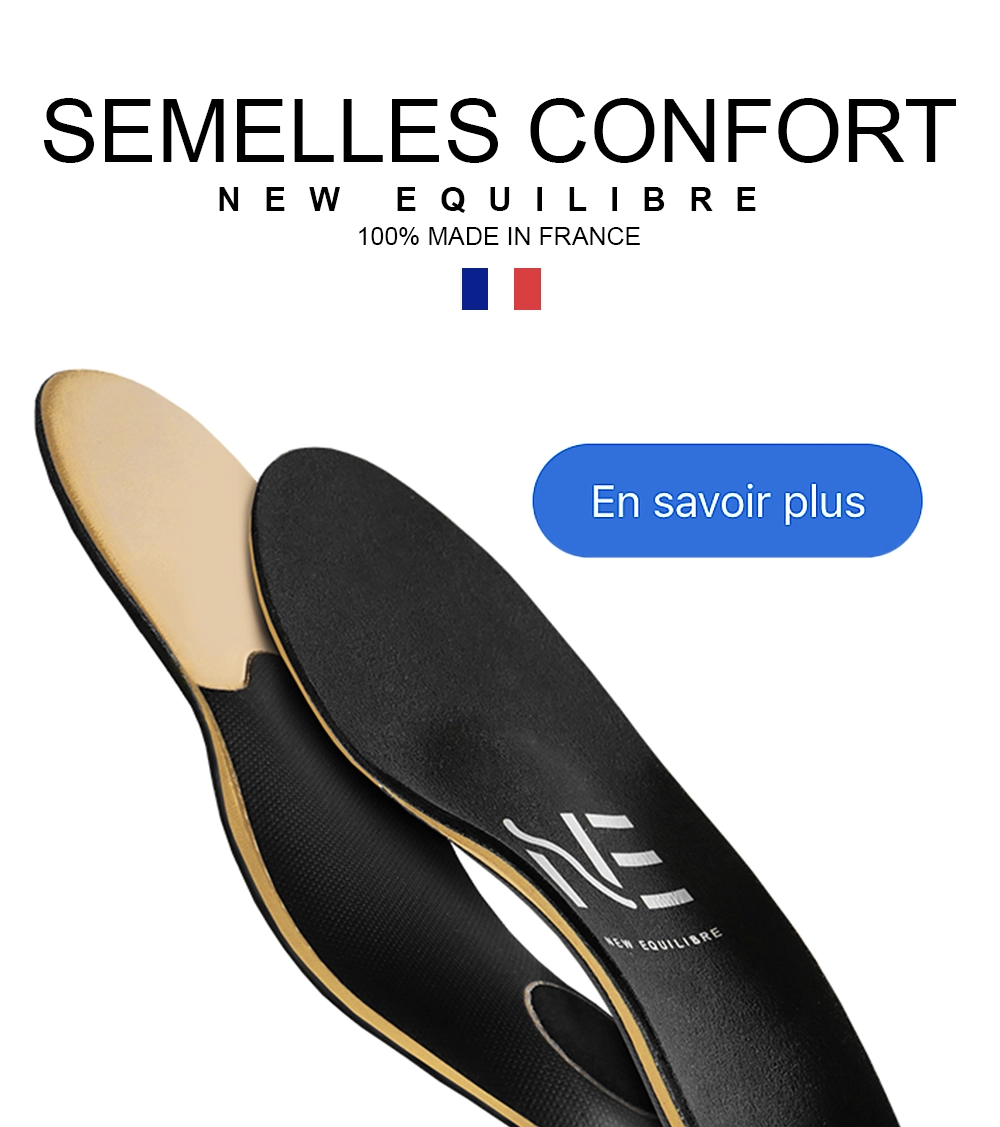Why and when to renew orthopedic insoles ?

- Published on
- By New Equilibre
Orthopedic insoles have become an essential accessory for many people seeking to improve their comfort, posture and overall health. They offer optimal support and can prevent or relieve a variety of foot, knee, hip and even back pains.
However, like all products, they have a limited lifespan and need to be renewed regularly to maintain their effectiveness. This article explores why it's important to renew your insoles, and the signs that indicate it's time to do so.
The importance of orthopedic insoles
What is an orthopedic insole?
An orthopedic insole is a paramedical device designed to correct or improve foot support. They are made from a variety of materials such as polyurethane, polyethylene, ethylene vinyl acetate or other composites, and can be prefabricated or custom-made. They help redistribute pressure on the feet, support the plantar arches and correct misalignments that can cause muscle pain and posture problems.
The benefits of orthopedic insoles
- Pain reduction : They can relieve plantar pain, such as plantar fasciitis, metatarsalgia or plantar fasciitis, which are very common pathologies, but also pain in the ankles, knees, hips and back.
- Improved posture : By correcting the alignment of the feet, orthopedic insoles contribute to better overall posture, alleviating the imbalances that can cause various pathologies.
- Injury prevention : Shock-absorbing insoles reduce pressure on joints, making them particularly effective for athletes and active people.
Why renew your orthopedic insoles?
Material wear
The materials used in orthopedic insoles, whether foam, gel or plastic, degrade over time. The natural wear and tear of insoles reduces their ability to provide the necessary support. Worn insoles no longer distribute pressure optimally, which can lead to a return of pain or the appearance of new problems.
Modification of foot morphology
Over time, the shape and structure of your feet can change. These changes can be due to weight variations, age, medical pathologies or injuries. An orthopedic insole that was perfectly adapted at one time may no longer be suitable a few years later, due to changes and wear. So it's essential to renew your insoles so that they always meet your current needs.
Hygiene and Comfort
Insoles absorb sweat and moisture, which can lead to a build-up of bacteria and unpleasant odors. Even with regular maintenance, insoles can become uncomfortable and less hygienic with wear over time. Renewing your insoles helps maintain a good level of hygiene and comfort.
When should I renew my orthopedic insoles?
Visible signs of wear
One of the most obvious indicators that it's time to replace your insoles is visible wear. If you notice cracks, tears, or if the insoles seem flattened and don't regain their shape after pressure, it's probably time to replace them.
Return of pain
If the pain you initially managed to alleviate with insoles reappears, this may be a sign that your insoles are no longer providing the necessary support. It's important to pay attention to your body and note any changes in your comfort or symptoms.
Shoe change
If you've bought new shoes or wear different types of footwear from those for which your current insoles were designed, it may be necessary to adjust or replace your insoles. Insoles must be adapted to each type of shoe to ensure optimum support.
How can you extend the life of your insoles?
Regular maintenance
Regular maintenance can extend the life of your insoles. Clean them regularly according to the manufacturer's instructions. Avoid immersing them in water or machine-washing them, and use a damp cloth to wipe them with soap. Leave your insoles to dry in the open air, never near a source of heat that could deform them.
Insoles rotation
If you have several pairs of insoles, alternate their use. This reduces wear and extends the life of each pair.
Choosing the right shoes
Wear good-quality, supportive shoes that fit properly. Well-fitting shoes will work in synergy with your orthopedic inserts and reduce premature wear.
Long-term comfort
Renewing your orthopedic insoles is essential to maintaining their effectiveness and continuing to benefit from their support. Signs of wear and tear, changes in your morphology and recurrence of pain are indicators that it's time to replace your insoles. By taking good care of your insoles and replacing them regularly, you can continue to enjoy optimum comfort and prevent pain and injury. Don't hesitate to consult our New Equilibre specialists for personalized advice and to ensure that your insoles always meet your specific needs.

New Equilibre
Healthcare professionals specializing in the manufacture of orthopedic insoles for over 30 years. Clinically proven expertise with thousands of New Equilibre users and patients in orthopedic practices.
No spam, only notifications about new products and promotional offers.





